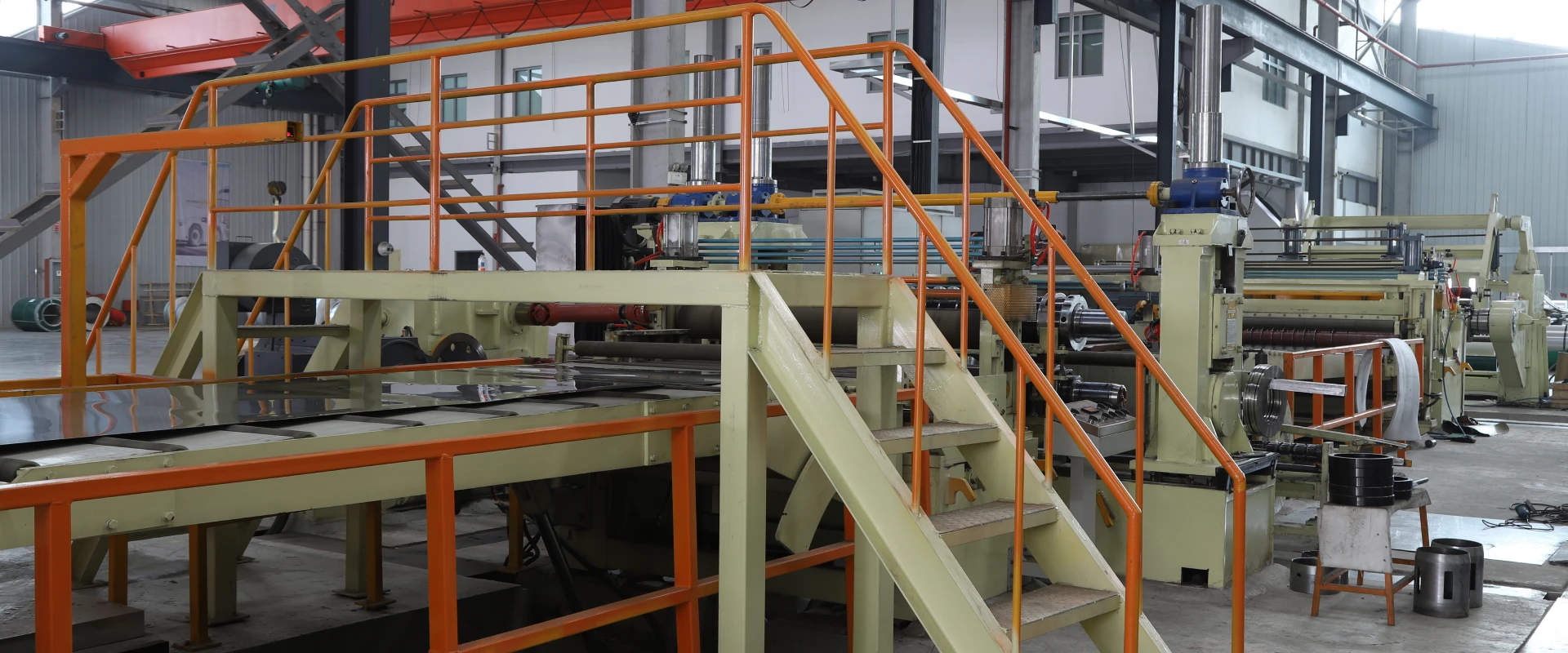Sand and Wind Erosion Resistance Treatment Solutions for Titanium Alloy Channel Steel in Solar Tracking Brackets
Imagine a solar farm in the Gobi Desert: strong winds whip up sand particles (some as sharp as tiny shards of glass) that hit solar tracking brackets 24/7. Over time, this “sandblasting effect” wears down the brackets—scratching surfaces, loosening joints, and throwing off the precision needed to follow the sun. For solar developers, this isn’t just a maintenance headache; it’s a financial hit: a single damaged tracking bracket can cut a panel’s energy output by 15–20%, and replacing brackets in remote deserts costs 3x more than in urban areas.

That’s why titanium alloy channel steel is gaining traction for solar tracking brackets. It’s lightweight (40% lighter than steel, easing foundation loads), corrosion-resistant (no rust in desert salt or humidity), and strong enough to handle wind loads up to 120 km/h. But here’s the catch: titanium’s natural surface hardness is low (around 200 HV), making it prone to sand and wind erosion. To unlock its full potential, you need targeted treatment solutions. This article breaks down how to protect titanium alloy channel steel from Abrasion by wind-blown sand,with real-world examples of how these fixes boost bracket life and cut costs.
Why Titanium Alloy Channel Steel Is a Smart Choice for Solar Tracking Brackets (But Needs Protection)
Before diving into treatments, let’s clarify why titanium alloy channel steel stands out for solar projects—especially in harsh, sandy areas:
Lightweight Strength: Titanium alloy (Grade 5. Ti-6Al-4V, is common for brackets) has a “specific strength” (strength-to-weight ratio) 2x higher than stainless steel. A 6m-long titanium channel steel bracket weighs just 8kg, vs. 14kg for a steel one—this cuts the cost of concrete foundations by 25%.
Corrosion Resistance: Unlike carbon steel (which rusts in desert dew) or aluminum (which corrodes in salty sand), titanium forms a thin, self-healing oxide layer (TiO₂) that blocks moisture and chemicals. In a 2022 test in Saudi Arabia’s Rub’ al Khali Desert, titanium brackets showed zero corrosion after 2 years—while aluminum brackets had 10% surface pitting.
Low Thermal Expansion: Solar tracking brackets need to stay stable as temperatures swing (deserts often go from -5°C at night to 45°C during the day). Titanium’s thermal expansion rate is half that of aluminum, so it doesn’t warp—keeping panels aligned with the sun.
But titanium’s Achilles’ heel is wear resistance. Sand particles (100–500 μm in size) hitting the bracket at 50 km/h act like sandpaper. A 2023 study found that unprotected titanium channel steel brackets in the Mongolian Gobi lost 0.3mm of surface thickness after 1 year—enough to weaken joint connections and reduce tracking accuracy by 8%. That’s where erosion resistance treatments come in.
The Hidden Costs of Sand and Wind Erosion on Solar Tracking Brackets
Erosion isn’t just about “cosmetic damage”—it hits solar farms where it hurts:
Reduced Energy Output: When brackets wear down, they can’t pivot smoothly to track the sun. A 5% drop in tracking accuracy cuts a panel’s annual energy production by 7–9%. For a 100 MW solar farm, that’s a loss of
400.000/year(basedon0.04/kWh).
High Maintenance Costs: Desert solar farms are often 100+ km from cities. Sending teams to replace worn brackets costs 1.500–2.000 per bracket (including travel and labor). A farm with 5.000 brackets could spend $10 million on replacements every 5 years.
Shorter Lifespan: Unprotected titanium brackets last 5–7 years in sandy areas. With proper treatment, that jumps to 15–20 years—avoiding two full replacement cycles over a farm’s 25-year lifespan.
A solar developer in Arizona learned this the hard way: they installed unprotected titanium brackets in 2019. By 2022. 30% of the brackets had worn joints, forcing a $2.5 million repair. They now use treated titanium—and haven’t had a wear-related issue since.
Core Sand and Wind Erosion Resistance Treatment Solutions for Titanium Alloy Channel Steel
The best treatments balance three goals: stop sand from scratching the surface, reduce wind’s impact force, and keep costs manageable. Here are the three most effective methods, proven in desert PV projects:
1. Surface Coating: Add a “Wear Shield” to Titanium
Coating is the most popular treatment—it adds a hard, sand-resistant layer to titanium’s surface without changing its weight or strength. Two coatings work best for solar brackets:
a. Aluminum Oxide (Al₂O₃) Ceramic Coating
How it works: Al₂O₃ is one of the hardest ceramics (HV 1.500–1.800)—10x harder than titanium. It’s applied via “atmospheric plasma spraying”: molten Al₂O₃ is sprayed onto the titanium channel at 10.000°C, forming a 50–100μm thick layer that bonds tightly to the metal.
Why it’s good for solar: It’s resistant to UV rays (no fading in desert sun) and doesn’t chip easily. In tests, Al₂O₃-coated titanium had a wear rate of 0.02mm/year—15x lower than uncoated titanium.
Cost: ~15/mofchannelsteel.Fora5.000−bracketfarm,that’s 450.000 total—worth it to avoid $2.5 million in repairs.
A solar farm in Morocco’s Sahara Desert used this coating in 2021. As of 2024. the brackets have only 0.05mm wear—tracking accuracy is still 98%, and no repairs are needed.
b. Tungsten Carbide-Cobalt (WC-Co) Metal Ceramic Coating
How it works: WC-Co blends the hardness of tungsten carbide (HV 1.200) with the toughness of cobalt. It’s applied via “high-velocity oxygen fuel (HVOF) spraying,” which creates a dense, smooth layer (30–80μm thick).
Why it’s good for solar: It’s more impact-resistant than Al₂O₃—great for areas with strong winds (60+ km/h) that hurl larger sand particles.
Best for: Windy deserts (like parts of Australia or Texas). A Texas solar farm chose WC-Co and saw zero chipping after a 2023 dust storm with 80 km/h winds.
2. Structural Optimization: Design to Deflect Sand and Wind
Even the best coating works better with a bracket design that reduces sand impact. Small changes to the titanium channel steel’s shape can cut erosion by 30–40%:
Aerodynamic Flanges: Round the edges of the channel’s flanges (the vertical sides of the “U-shape”) instead of leaving them sharp. Sharp edges trap sand; rounded edges let wind and sand slide off. A Chinese solar manufacturer tested this: rounded flanges reduced sand accumulation on brackets by 35%.
Narrow Joint Gaps: Sand often gets stuck in the gaps between bracket parts (e.g., where the channel connects to the pivot). Reducing gaps from 2mm to 0.5mm prevents sand buildup—no more abrasive particles grinding against the titanium.
Wind Deflectors: Add small, lightweight plastic or aluminum deflectors to the “front” of the bracket (the side facing the prevailing wind). These deflect 60% of sand particles away from the titanium surface. They cost just $2 per bracket and are easy to install.
A Mongolian solar farm combined Al₂O₃ coating with rounded flanges and deflectors. Their bracket wear rate dropped to 0.01mm/year—among the lowest in the industry.
3. Surface Hardening: Make Titanium Tougher From the Inside
For projects on a tighter budget, surface hardening is a cost-effective option. It modifies titanium’s surface layer to make it harder, without adding a coating:
Laser Cladding: Use a high-power laser to melt a thin layer of titanium on the bracket’s surface, mixing in small amounts of carbon or nitrogen. This creates a “hardened layer” (HV 400–500) 100–200μm deep.
Shot Peening: Blast the titanium channel with tiny steel or ceramic shots (0.2–0.5mm) at high speed. This compresses the surface, increasing hardness by 20–30% and making it more resistant to scratch damage.
Cost: Laser cladding costs ~10/mofchannelsteel;shotpeeningisevencheaper(5/m).
Best for: Smaller solar farms or areas with milder sand and wind (e.g., semi-arid regions of Spain or South Africa). A Spanish farm used shot peening in 2022—wear is 0.1mm/year, which is acceptable for their 10-year project timeline.
Real-World Case: A 200 MW Solar Farm in Northwest China
Let’s look at a full example of how these treatments work in practice. A 200 MW solar farm in China’s Ningxia Hui Autonomous Region (a sandy, windy area) faced frequent bracket wear issues with aluminum brackets. In 2020. they switched to titanium alloy channel steel brackets with two treatments:
Al₂O₃ ceramic coating (50μm thick) on all exposed surfaces.
Rounded flanges and 0.5mm joint gaps for the channel steel.
The results were transformative:
Wear: After 3 years, bracket wear is just 0.04mm—vs. 0.8mm for the old aluminum brackets.
Energy Output: Tracking accuracy stays at 99%, so energy production is 7% higher than with the aluminum brackets.
Cost Savings: No bracket replacements needed (vs. 20% replacement rate for aluminum). Over 25 years, this will save $12 million in maintenance.
The farm’s engineer said: “We used to worry about sand storms damaging brackets. Now, we barely think about them. The titanium and coating combo was a game-changer.”
Cost Control Tips for Treatment Solutions
Treatments add upfront cost, but smart choices keep expenses manageable:
Match Treatment to Environment: Don’t overspend—use Al₂O₃ for mild winds, WC-Co for strong winds, and shot peening for semi-arid areas.
Buy in Bulk: Coating companies offer 15–20% discounts for large orders (10.000+ meters of channel steel).
Combine Treatments Strategically: Pair a thin coating (30μm Al₂O₃) with structural optimization instead of a thick coating (100μm). This cuts coating costs by 50% while still reducing wear.
A Indian solar developer used this approach: thin Al₂O₃ + rounded flanges. Their treatment cost was $8/m of channel steel—30% less than a thick coating alone.
Conclusion
Titanium alloy channel steel is an excellent choice for solar tracking brackets in sandy, windy areas—but it needs protection to fight sand and wind erosion. The right combination of surface coating (Al₂O₃ or WC-Co), structural optimization (rounded flanges, deflectors), and surface hardening (laser cladding, shot peening) can cut wear by 90%, extend bracket life to 15–20 years, and save solar farms millions in maintenance and energy losses.
For solar developers, this isn’t just about protecting metal—it’s about making desert solar projects more reliable and profitable. With the right treatments, titanium alloy channel steel turns one of the harshest environments (sandy deserts) into a viable place to generate clean energy.
At the end of the day, a solar bracket that resists sand and wind isn’t just a part—it’s a promise of consistent power, lower costs, and a more sustainable future for solar energy.

